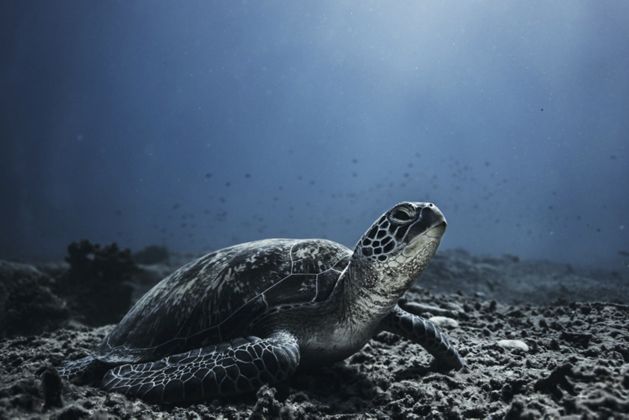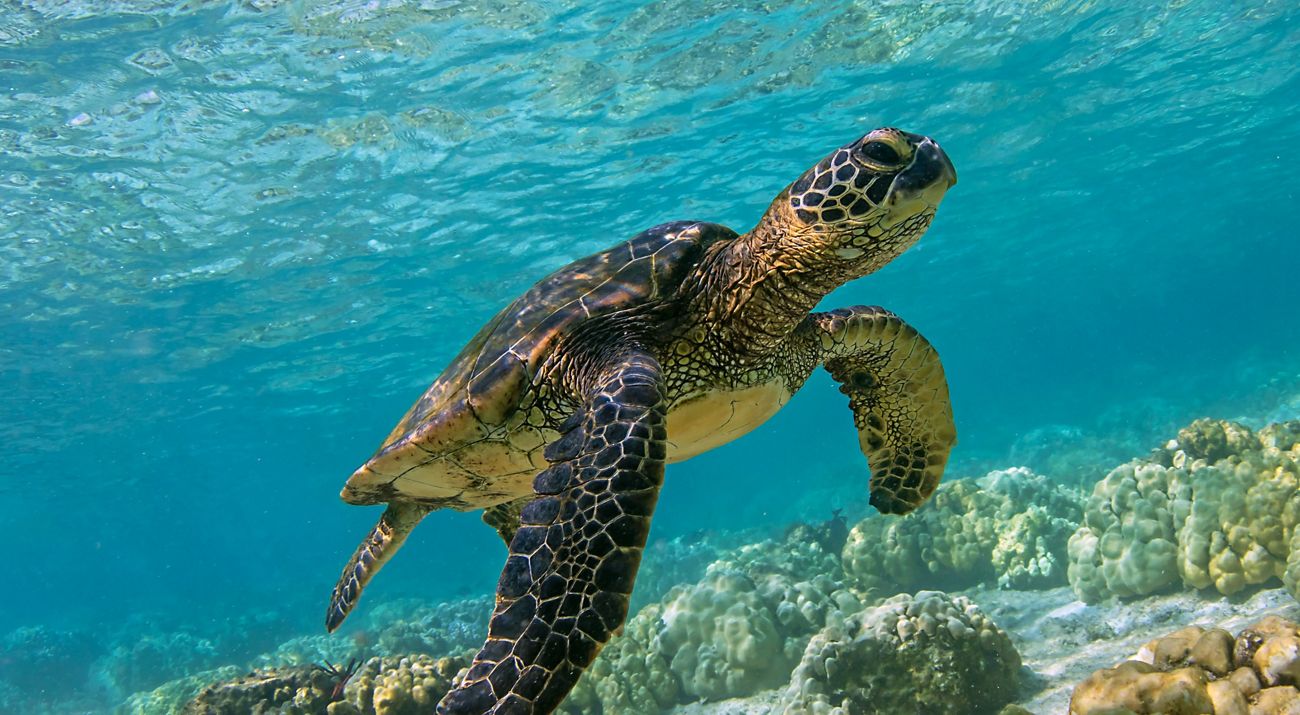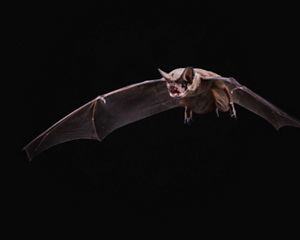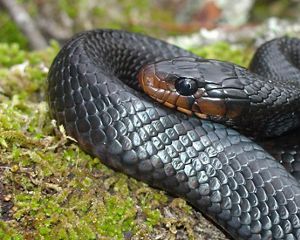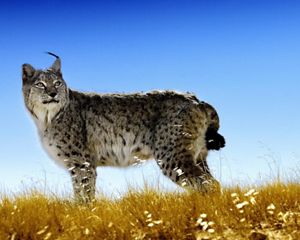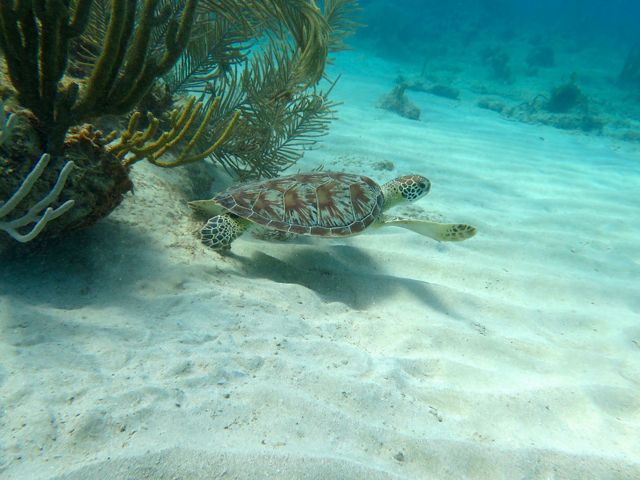
Green Sea Turtle Fast Facts
Common name: Green Sea Turtle
Scientific name: Chelonia mydas
Conservation status: Endangered
Lifespan: Up to 80 years
Weight: 150-419 pounds
Meet the Green Sea Turtle
The graceful green sea turtle glides through waters anywhere in the world where sea temperatures do not dip below 68 Fahrenheit. They can be found in the coastal waters of at least 140 countries. Supplementing its diet of seagrasses and seaweeds with jellyfish and crustaceans, the green turtle is the only sea turtle to consume large quantities of plants. It is also the slowest turtle to mature, presumably because its diet is low in protein. Female green turtles mature at between 26 and 40 years of age, depending on available food sources, and can live for more than 50 years.
Because of the distance between ideal underwater pastures and breeding beaches, green turtles often migrate hundreds of miles to mate and nest. Every two to three years, females return to the beach where they were hatched to lay a clutch of approximately 100 eggs, which incubate for two to three months. Upon hatching, the young turtles dash to the sea, where many of them fall victim to predators on both land and sea.
.jpg?wid=400)
Protecting the Green Sea Turtle
Global green sea turtle populations have declined for many reasons. The turtles:
can become entangled in fishing gear
often trash that they mistake for food
are losing nesting habitat to coastal development
Probably the largest threat to Green sea turtles, however, is hunting and poaching. Once a key ingredient in one of Winston Churchill’s favorite dishes, London Alderman’s Soup, the culinary popularity of the green turtle has been somewhat diminished since it became internationally recognized as an endangered species. Unfortunately, despite protections, it continues to be hunted for its distinctive green fat and muscle, used in soups and steaks, and its eggs. Egg collection still occurs at more than 40 percent of breeding beaches, and intentional hunting affects almost 50 percent of populations.
In 1994, when the Conservancy started monitoring nesting sea turtles at its Jack and Isaac Bay Preserve, there were only about eight green sea turtles nesting at the site. The Conservancy’s Sea Turtle Conservation Program at the preserve includes beach patrols to prevent poaching and to help rescue and release turtle hatchlings as well as data collection to monitor population growth. The green sea turtle population now numbers over 300 nesting individuals and scientists credit much of this recovery to the removal of threats like poaching and coastal development.
TNC is also learning how to better protect green sea turtles by monitoring their movements at sea. By tracking sea turtles and identifying where their populations come into contact with threats, we can help protect them.
